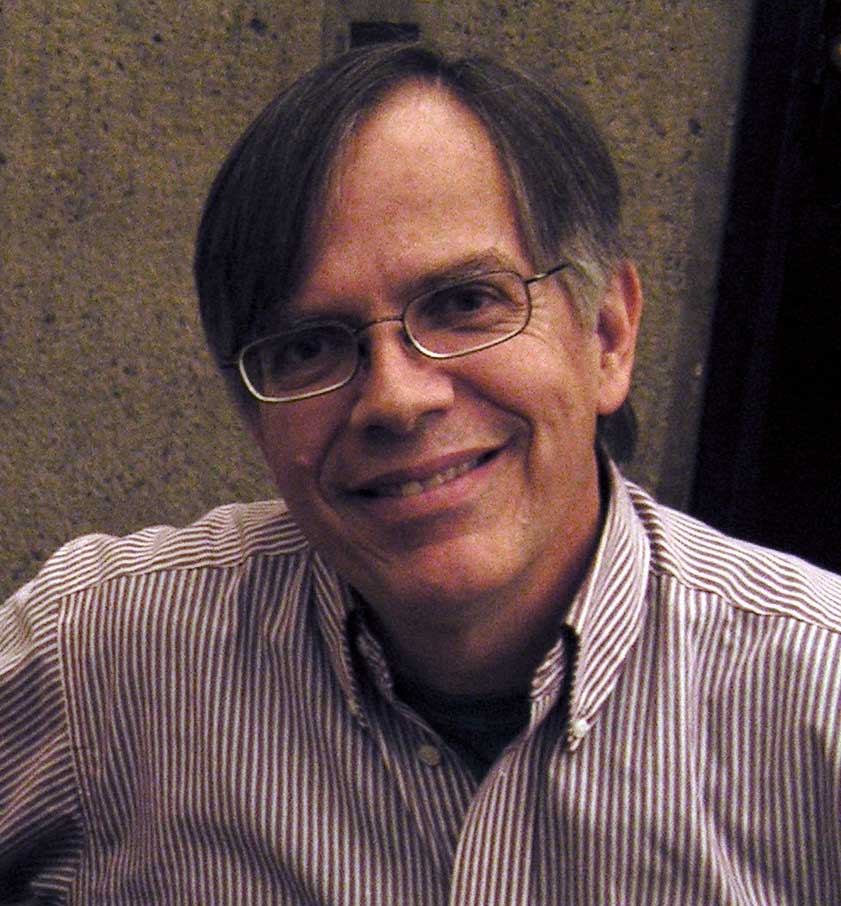Last month we hosted renowned Mayanist Dr Mark Van Stone, author of the recently released book, 2012 – Science and Prophecy of the Ancient Maya as part of our 2012 year-long series of Maya presentations, special tours and events.
We asked Dr. Mark Van Stone a number of questions on the Maya and the year 2012 and we have decided to share the questions and answers with our readers.
The first question we asked him was:
Why did the Maya go through all the trouble to calculate events and dates so far in the past and into the future?
His response:
Because they could. Most of our familiar ancient civilizations had relatively primitive numerical systems. Egypt and China, for example, and particularly the nations which used letters for numbers. These systems are cumbersome to calculate with.Try multiplying Roman numerals; LXXIX times DCCLXIV, for example.
Greeks and Canaanites wrote 1, 2, 3, … as alpha, beta, gamma (aleph, beth, gimel). The next ten letters stood for 10, 20, 30, and so on, and the next letters stood for 100, 200, 300, and pretty soon they ran out of letters. The reason that Noah and Adam lived to 950 years, and Methusaleh to 969, was because the Old Testament Hebrews had no easy way to write 1000 (or 2011, or 186,284).
The Maya, on the other hand, had a numeral system like ours, with place-value and zero. (Our system, first introduced from India some 2000 years ago, allows us to write very large numbers very precisely, like 1,346,708,093.) The Maya system works the same way, though they count by twenties. We count on our ten fingers, and the tropical Maya went barefoot and counted on their toes, too.
This facility with numbers enthralled Maya priests. They must have seen this power over quantities as a kind of reflection of godly power, because their Mathematics was pretty much the servant of Numerology. At least so far as we know. We actually know very little about the Maya, really, and we do our best to fill in the gaps. By far, most of what we know about their mathematics is deduced from the huge calculations they made counting days: They made a point of connecting events in time with specific intervals of days (we call them “distance numbers”), just as Abraham Lincoln connected the Battle of Gettysburg with the Declaration of Independence, with, “Four score and seven years ago…”
A Maya historical inscription would say, for example: “The birth of Lord Such-and-Such occurred on Thursday, August 7th. Five days, three months, and six years later, it was Tuesday, November 10th, and Lord Such-and-Such was designated heir. Ten days, two months, and 22 years later, it was Tuesday, January 20th, and he was crowned king….”
Apparently Maya priests considered an event’s placement in the cycles of time to be of paramount importance. Presumably this has to do with the auguries of the days: A particular day’s horoscope had a lot to do with the activities scheduled for that day. And this horoscope was extraordinarily sophisticated and complex. All four of the surviving books we have from the Maya were guides for Calendar-priests, mostly complex augury/horoscope tables.
For ordinary events divided by short intervals, time distances were pretty random. But the Maya also liked to connect their rulers’ lives and reigns with similar events in the noble past —especially those performed by gods—, and sometimes into the future. These connections were more than an intellectual game, they were a guide, a justification, for the rulers’ choices. The king might choose to inaugurate a ceremony on a certain day because an ancient god did the same on the same day in the distant past. This practice turns these events into a kind of anniversary celebration.
More commonly, the intervals were not, say, the 100th anniversary of an event, but rather more complex. For example, in a Palenque inscription on the Tablet of the Cross, two similar events were separated by 1,359,540 days (more than 3722 years). Floyd Lounsbury discovered that this number was not accidental: It was a carefully-calculated multiple of several Maya magic numbers: 4 x 5 x 7 x 9 x 13 x 83. The numerological power of each of these factors combined to sanctify the later event. This kind of justification-by-multiplication became a feature of Classic Maya religion; many of their inscriptions devote fully half the space to the mathematics.
In the coming weeks, we will be posting more interesting questions and answers on the Maya and 2012.
Stay tuned.
Enjoyed reading this article? be social and share:

